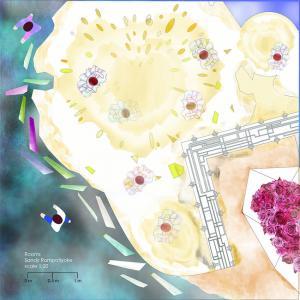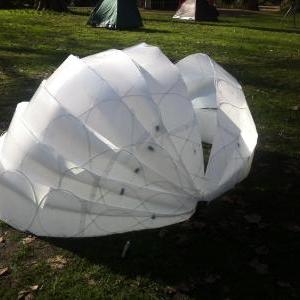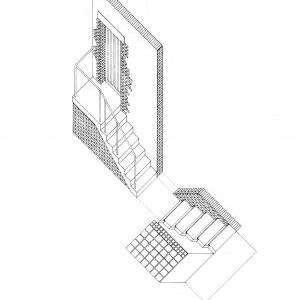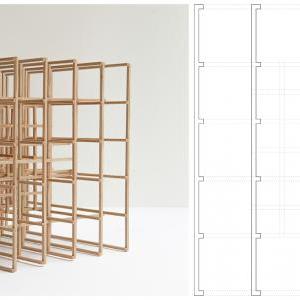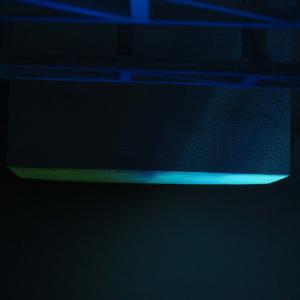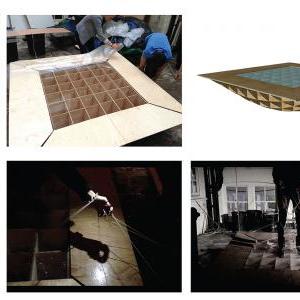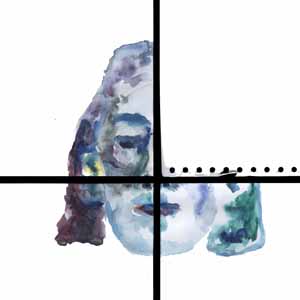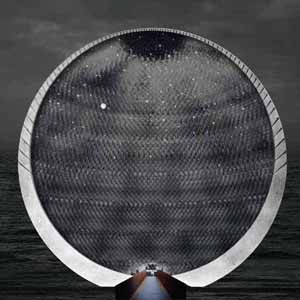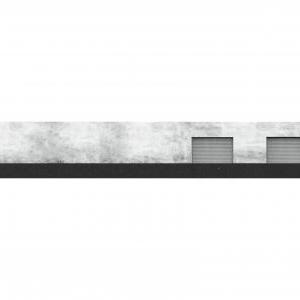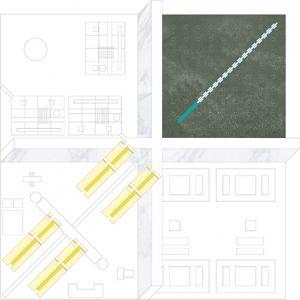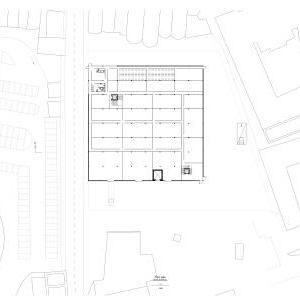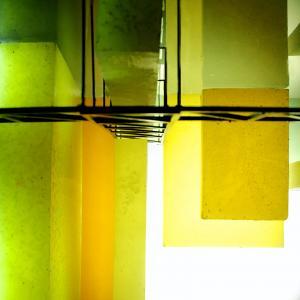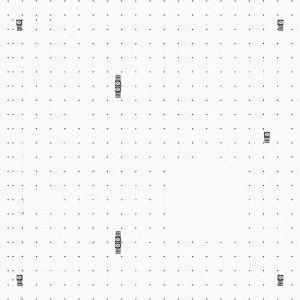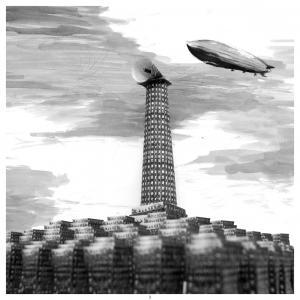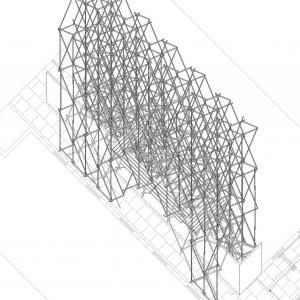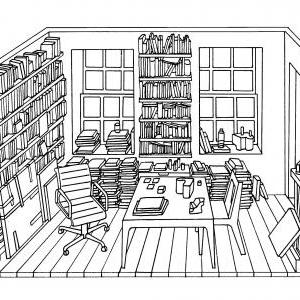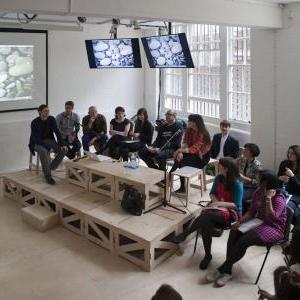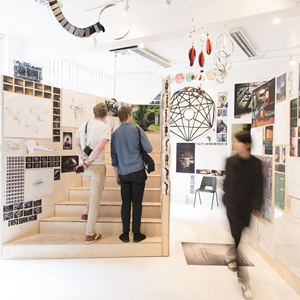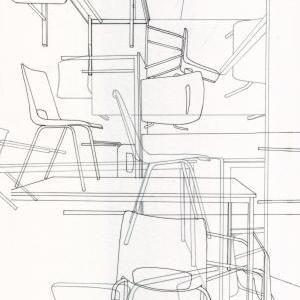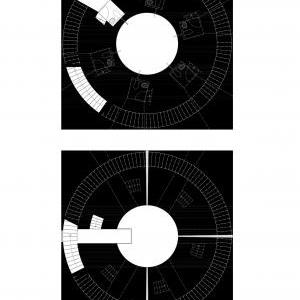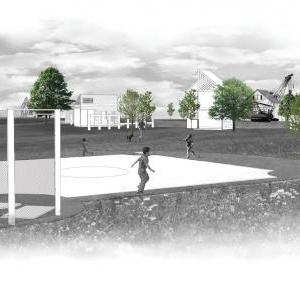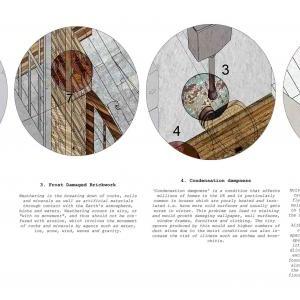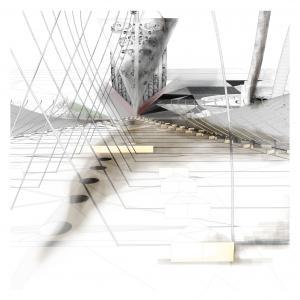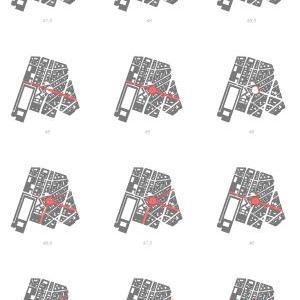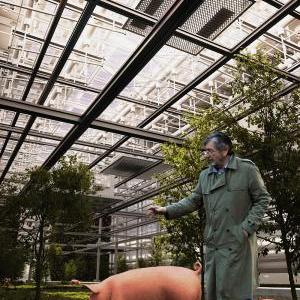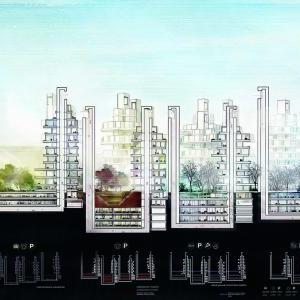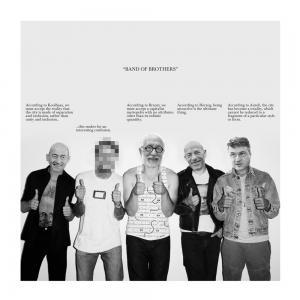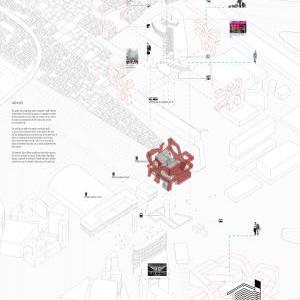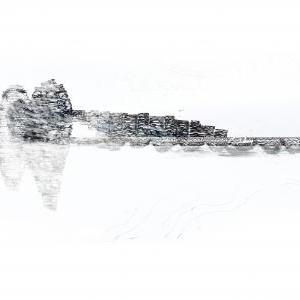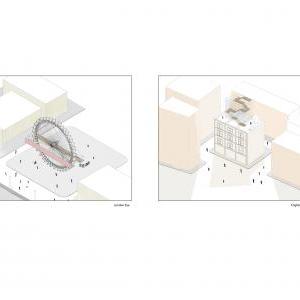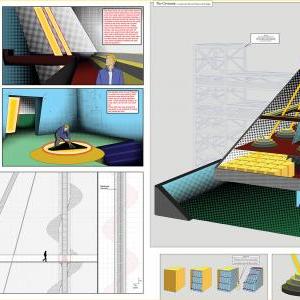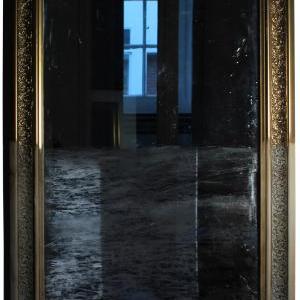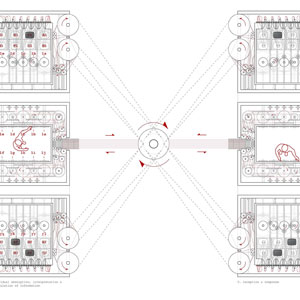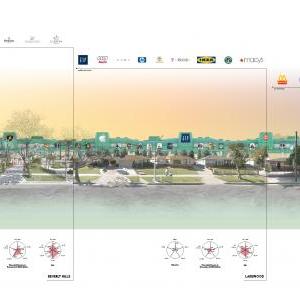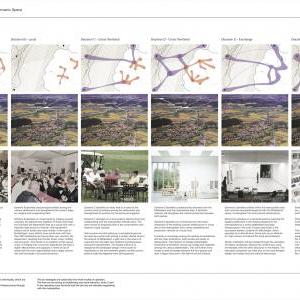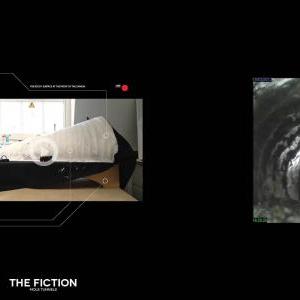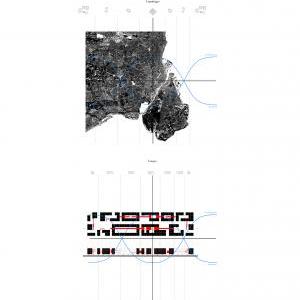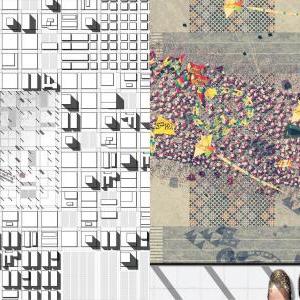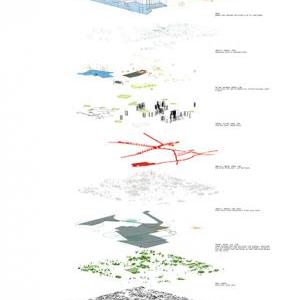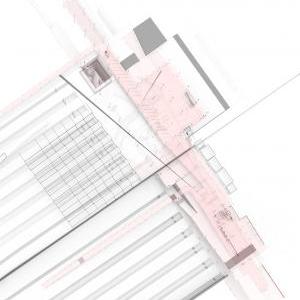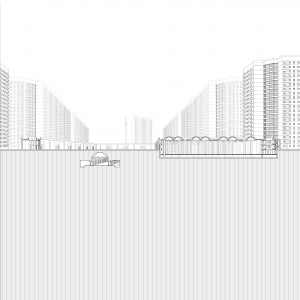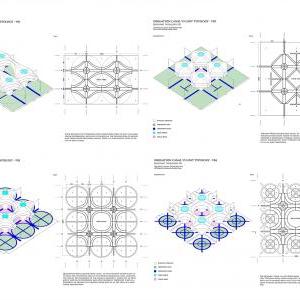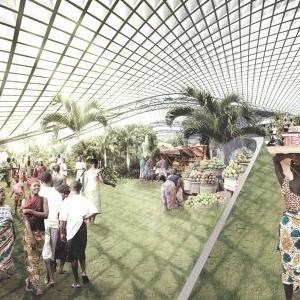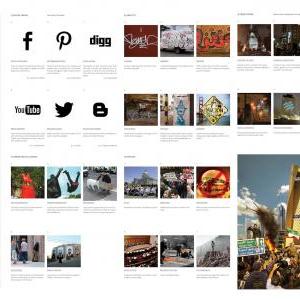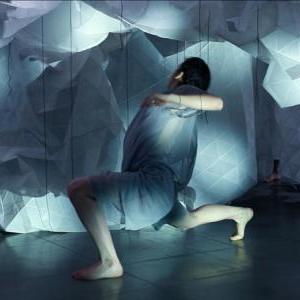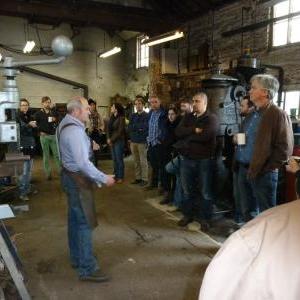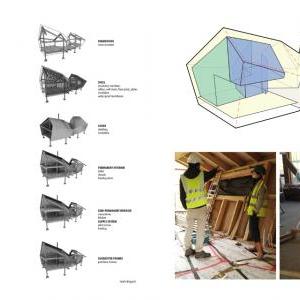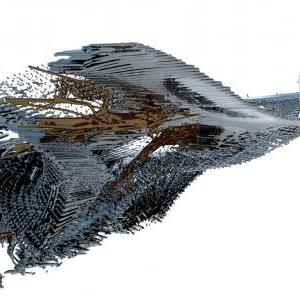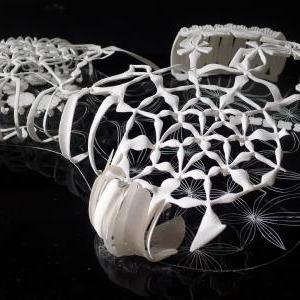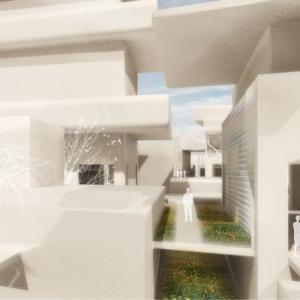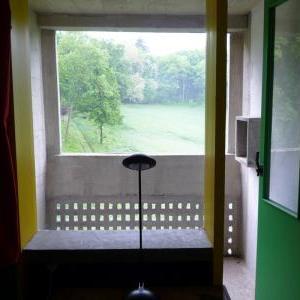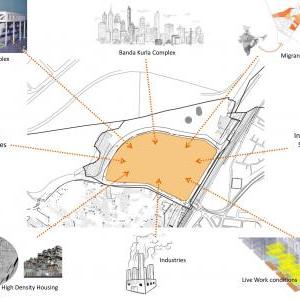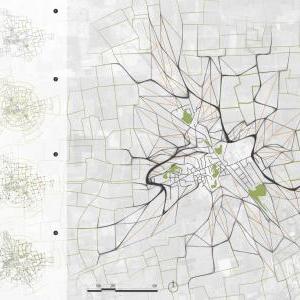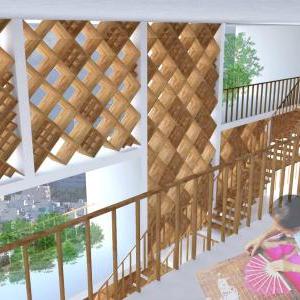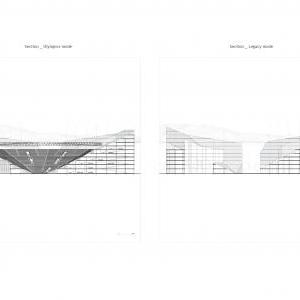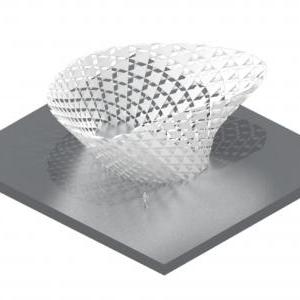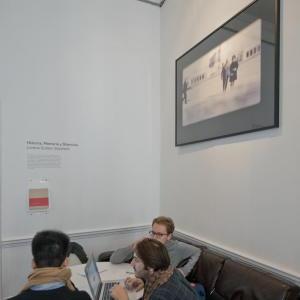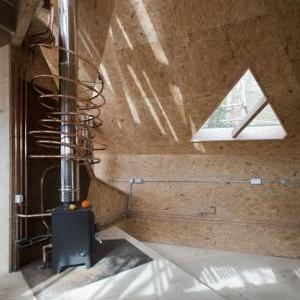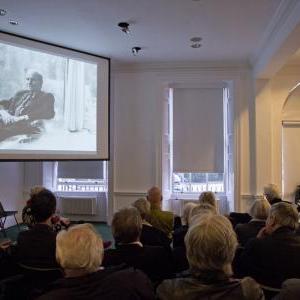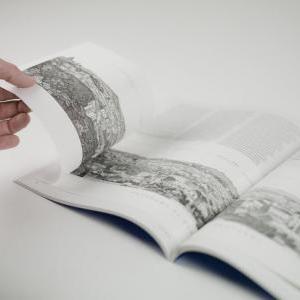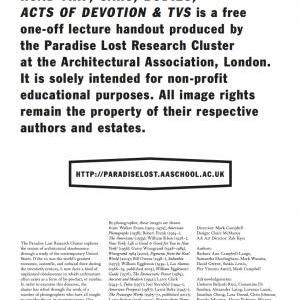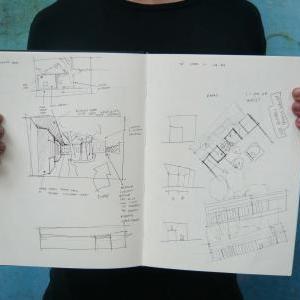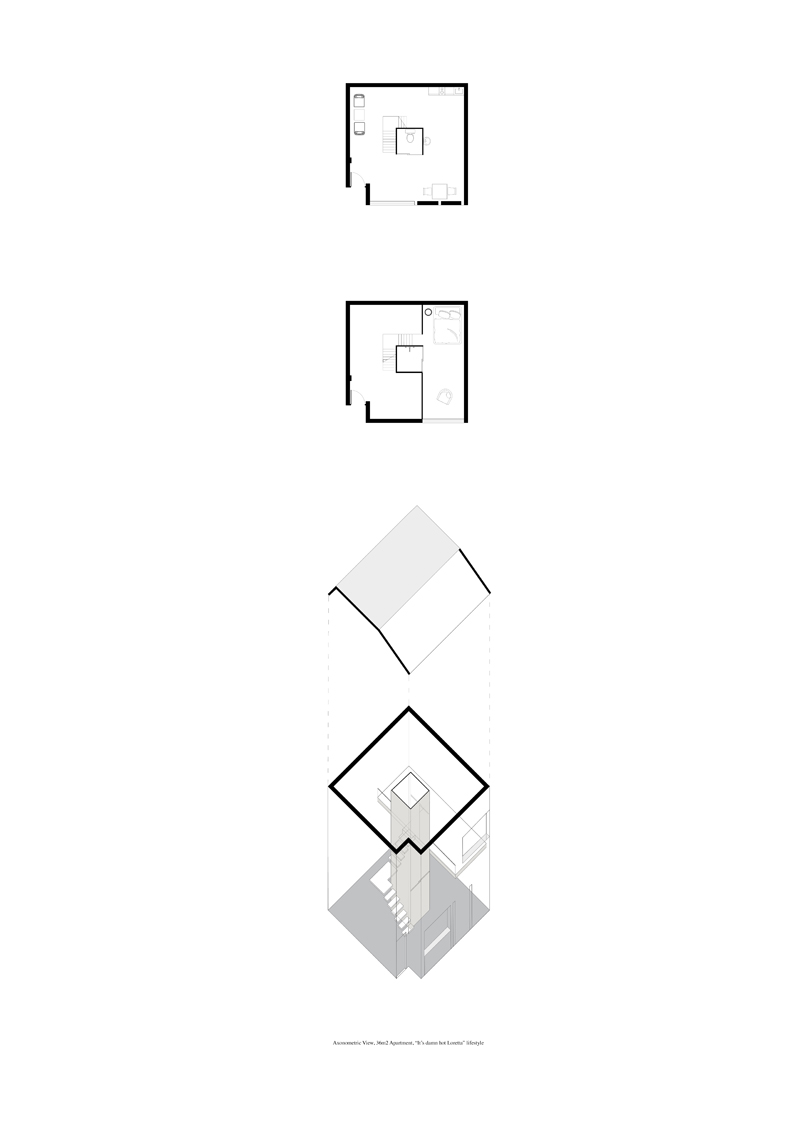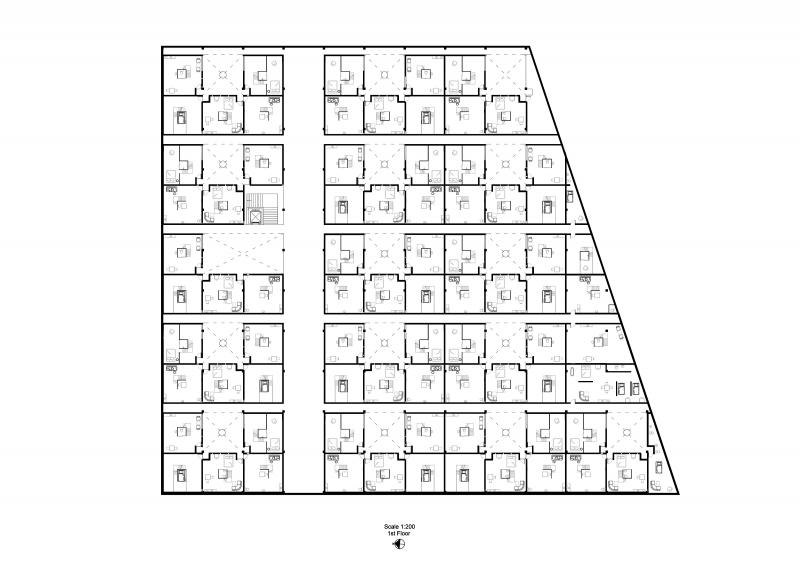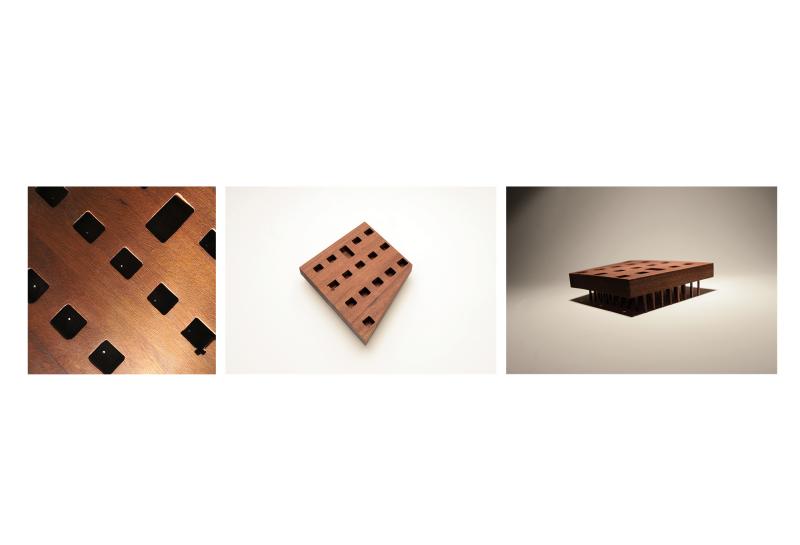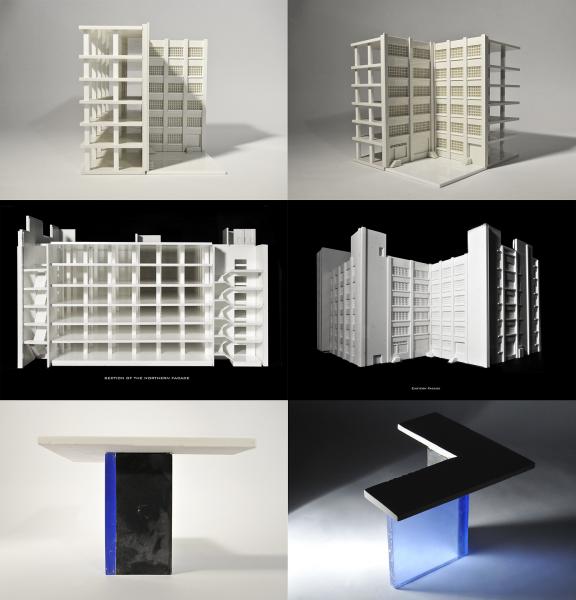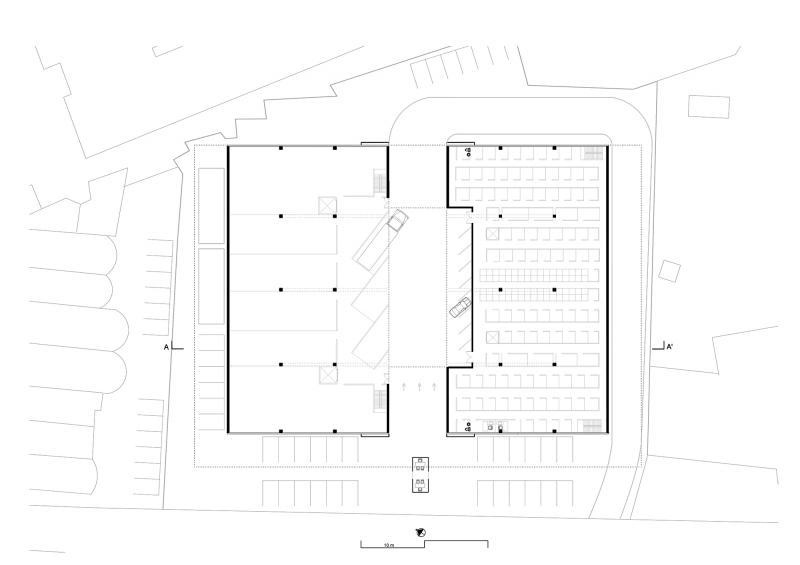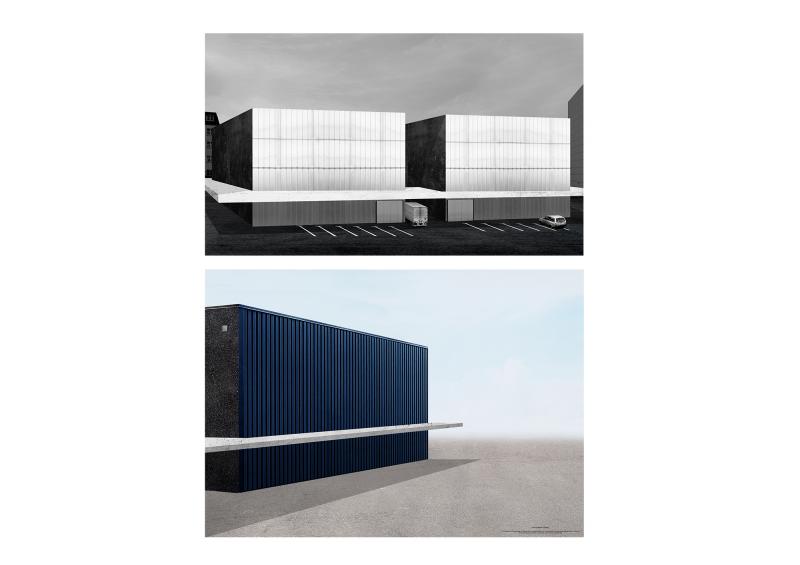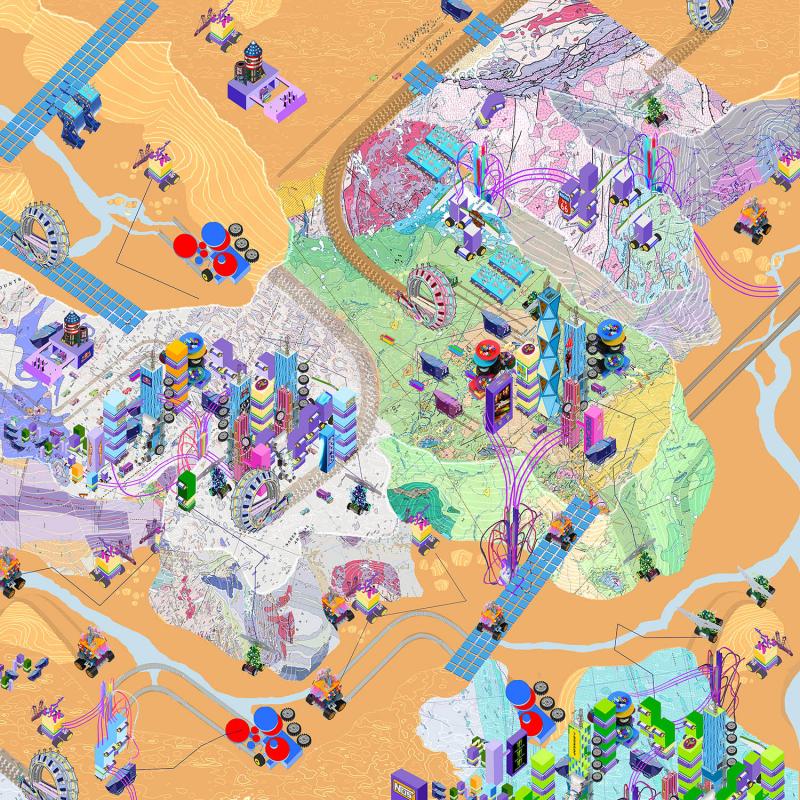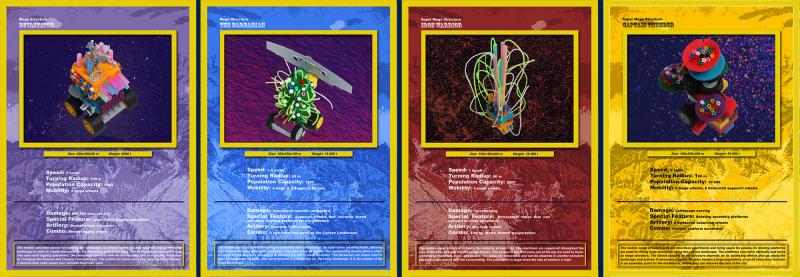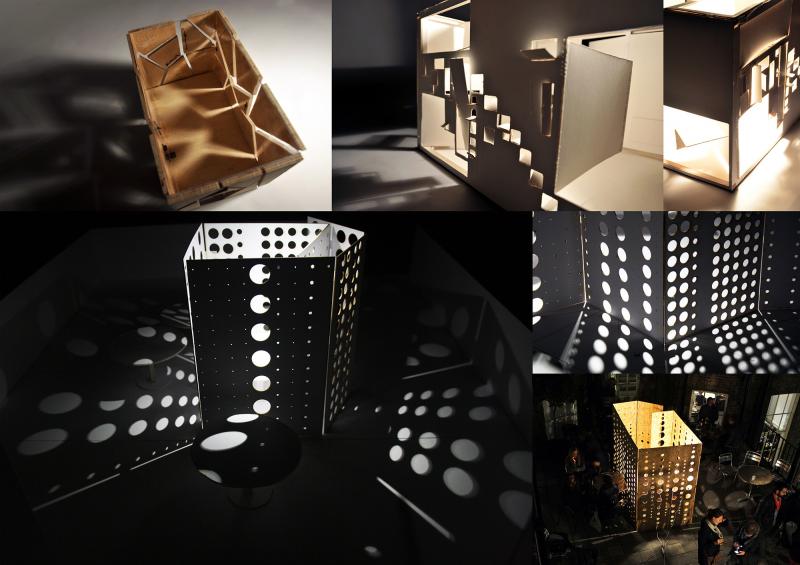First Year students at the AA are exposed to architecture by translating visual references, thoughts, intuition and briefs into a series of projects that are achieved through forms of design, writing and argument. Work from this year’s explorations was collected based on three themes: get in more stuff, work with architecture, and get it out into the world.
‘Get in More Stuff’ reacted to and translated visual references, stuff and projects into more projects. We accumulated and processed, redrew exemplary projects with known methods and re-enacted spaces, events and objects through drawings. We re-imagined architectures by using analogies with visual references, and we sketched buildings by removing possible irrelevancies. We recomposed idiosyncratic architectures, types and characters.
‘Work with Architecture’ asked students to isolate themselves from all the ‘stuff’. We embraced architecture in its scale, form and spatial relations by designing 10x10m spaces placed in a 1x1km context. Architectural elements were developed through relentless iterations of raw models and drawings. We questioned the building timeline, while montages and drawings shifted its uses. We questioned the limits of particular archetypes by pushing their limits and testing their placement in real contexts using texts, plans and models.
‘Get it Out into the World’ addressed the consequences of a project by testing its relationship to a city. Students constructed a series of arguments and speculated possible relations between the architect, the work and his or her audience.
This year, all intervals of engagement in and outside the studio mattered, and the students’ portfolios disclose their own ways of looking, thinking, telling and putting forward positions and projects of architecture in a spirit that is open and daringly vulnerable.
Head of First Year
Monia De Marchi
Studio Staff
Fabrizio Ballabio
Shany Barath
James A Craig
Maria Shéhérazade Giudici
Max Kahlen
Alex Kaiser
John Ng
Special thanks to our contributors and speakers
Pier Vittorio Aureli
Sue Barr
Valentin Bontjes van Beek
Barbara-Ann Campbell-Lange
Javier Castañón
Mollie Claypool
Mark Cousins
Antoine Espinasseau
Tommaso Franzolini
Gernot Fuhrmann
Eugene Han
Oliviu Lugojan-Ghenciu
Joel Newman
Christopher Pierce
Ben Reynolds
Davide Sacconi
Brett Steele
Jorgen Tandberg
Alexandra Vougia
Anna Viana
Thomas Weaver
Sabrina Blakstad
Robert Busher
Marilyn Dyer
William Fausset
Belinda Flaherty
Kirstie Little
Cristian Sanchez Gonzalez
Trystrem Smith
Sanaa Vohra
Many thanks to the MS, HTS and TS First Year tutors, our guests and critics, the Admissions office and maintenance staff.
Berkin Islam
The body of work looks into the composition of two drastically different scales, of individual apartments and cities. The architecture of the individual apartments is a direct result of everyday activities that in turn define different lifestyles. These lifestyles have impacted on the architecture of the space by translating such notions into spatial and atmospheric qualities by introducing certain features as light and openings. In turn, visual and direct connections have created a threshold between what is public and private, directly resulting in an intricate relationship between the interior and exterior. The result is emulating a livable space by giving a second life to an already existing self- storage facility. Transforming the building involved understanding its character and tectonic sense. Hence the proposal allows for a fundamentally arranged building of communal and spatial diversity. The modular arrangement of the apartments does not isolate with a fixed style. It simply acts as an enabler for the complete opposite of modularity.
The conception of the cities defines a Fictional and a Future scenario, and looks beyond the organization of traditional cities. The grids, symmetrical arrangements, expansions, are replaced with the effect of sudden occurrences. A key aspect of such a composition is the principal of time. In time a same spot may house different communities. The results are three fictional compositions of different present day cities, exploring ideas of expansion, repetition, and places. On the other hand, the future depicts a super-future mobile/nomad community that is changing constantly. It is composed of separate territories that switch locations along the canyon landscape. The transient city introduces tectonic changes, and terraforming as an organizational device.
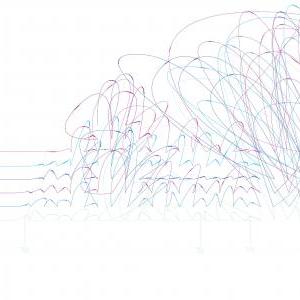
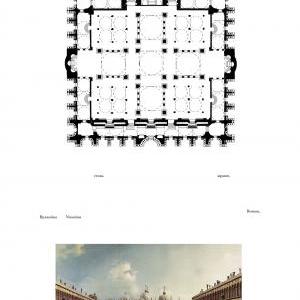
.jpg)
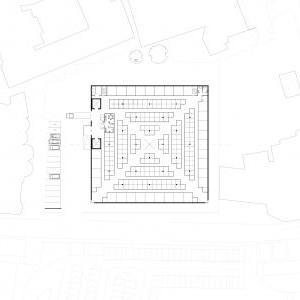
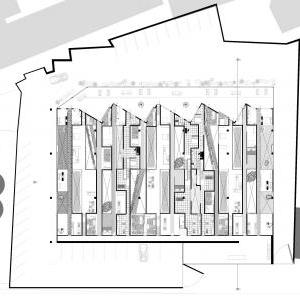
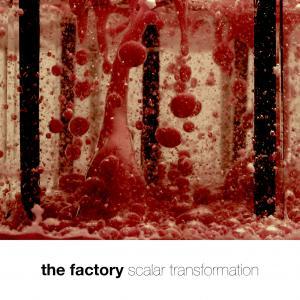
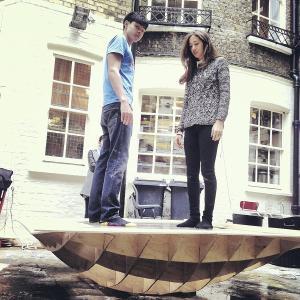
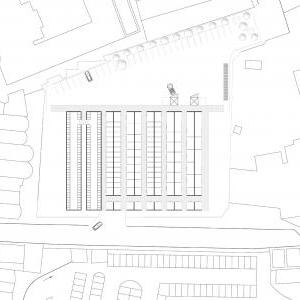
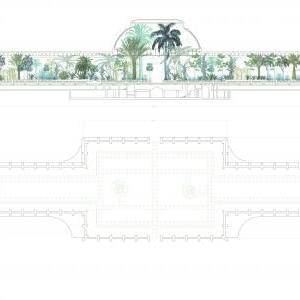
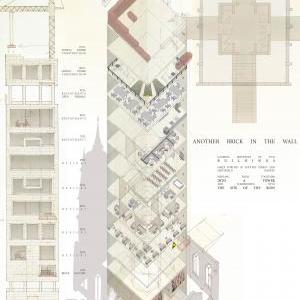
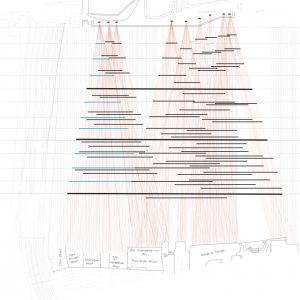
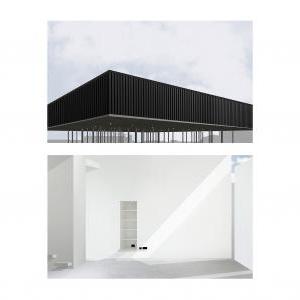

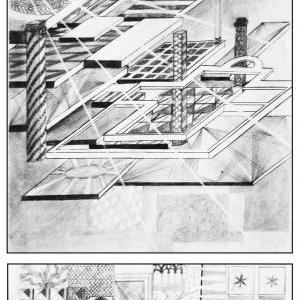
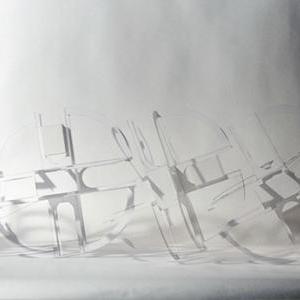
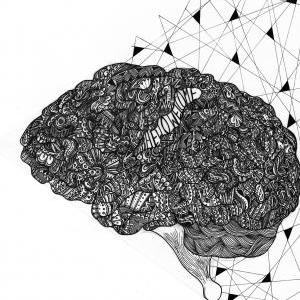
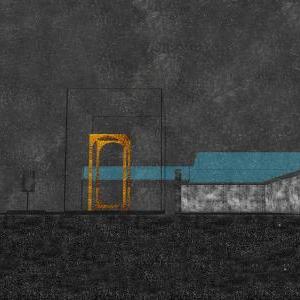
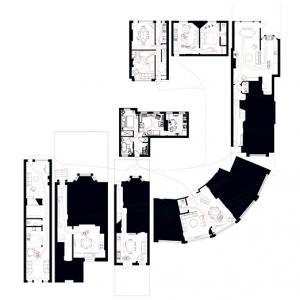
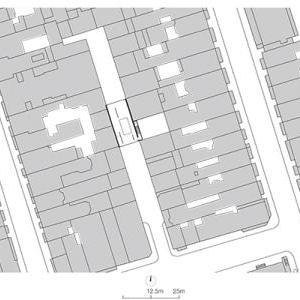
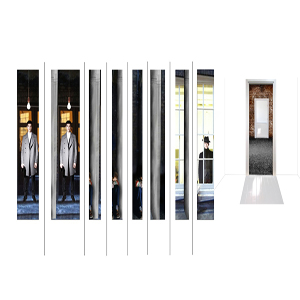
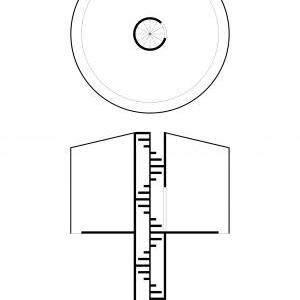
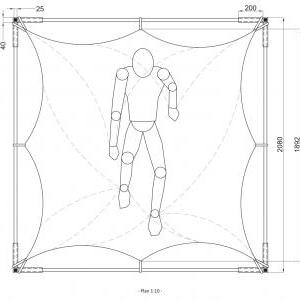
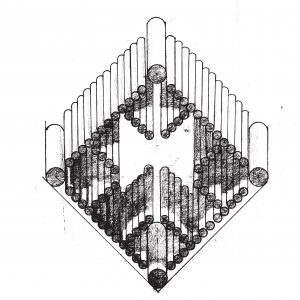
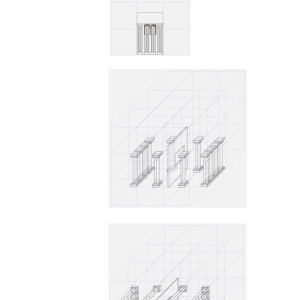
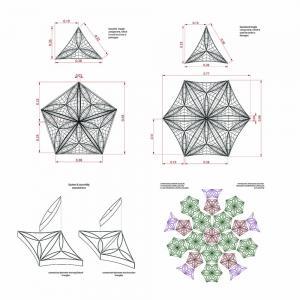
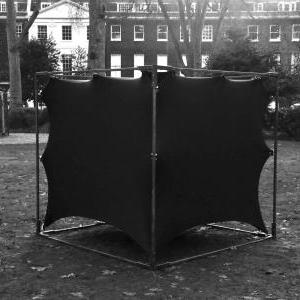
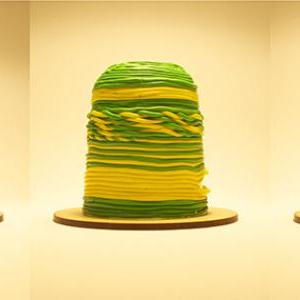
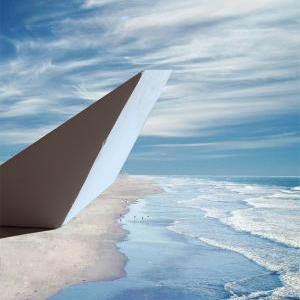
.jpg)
